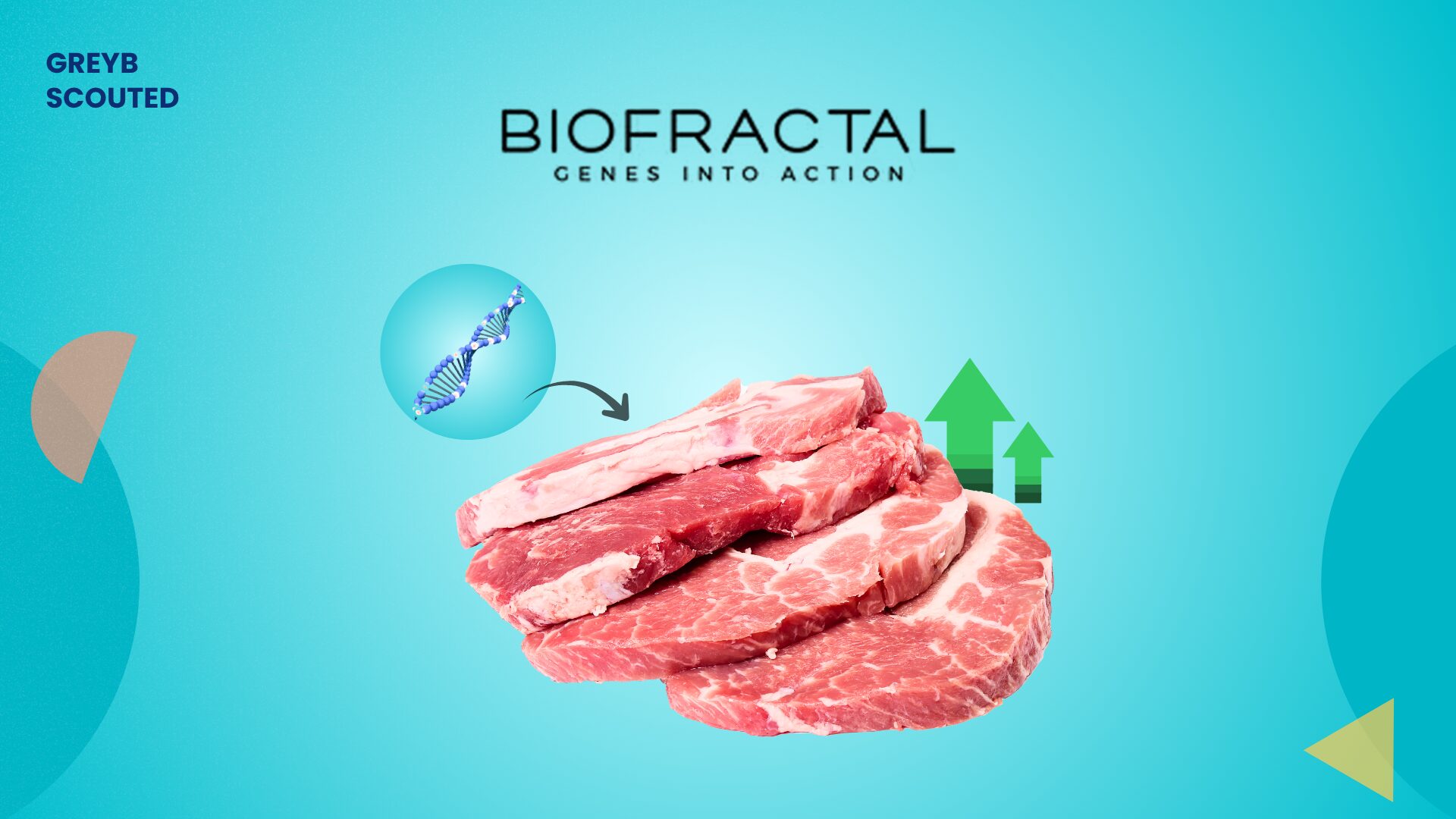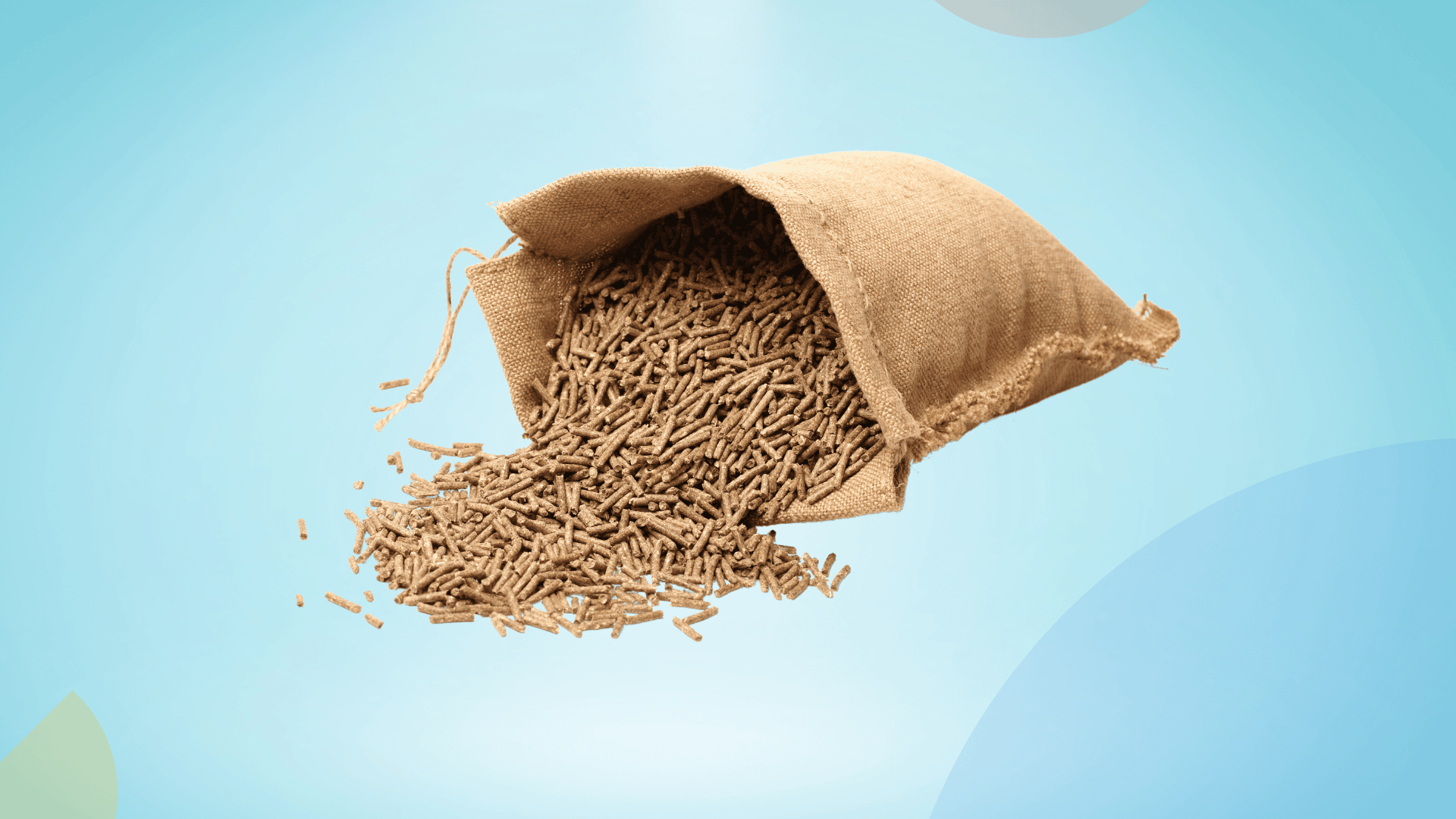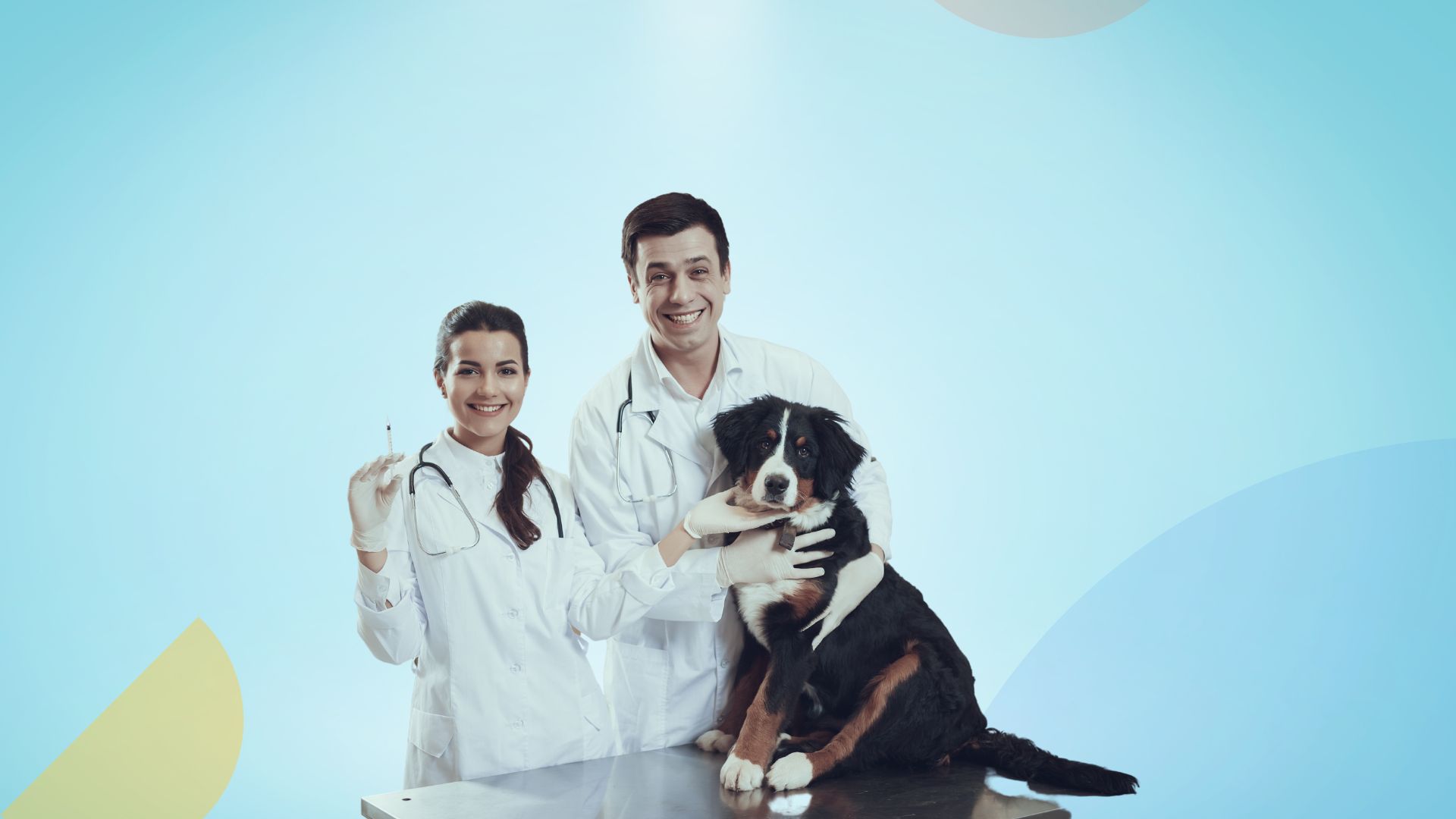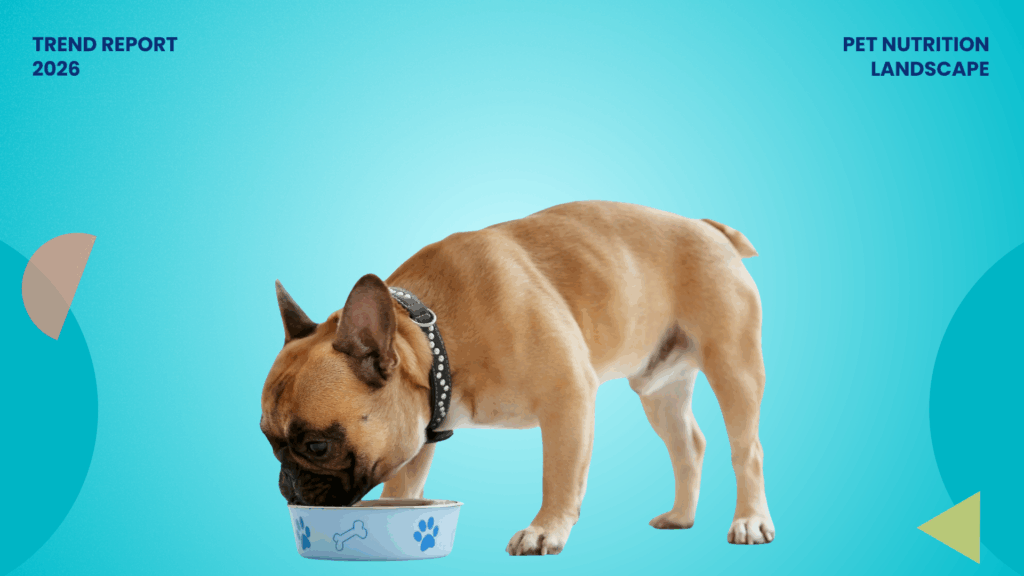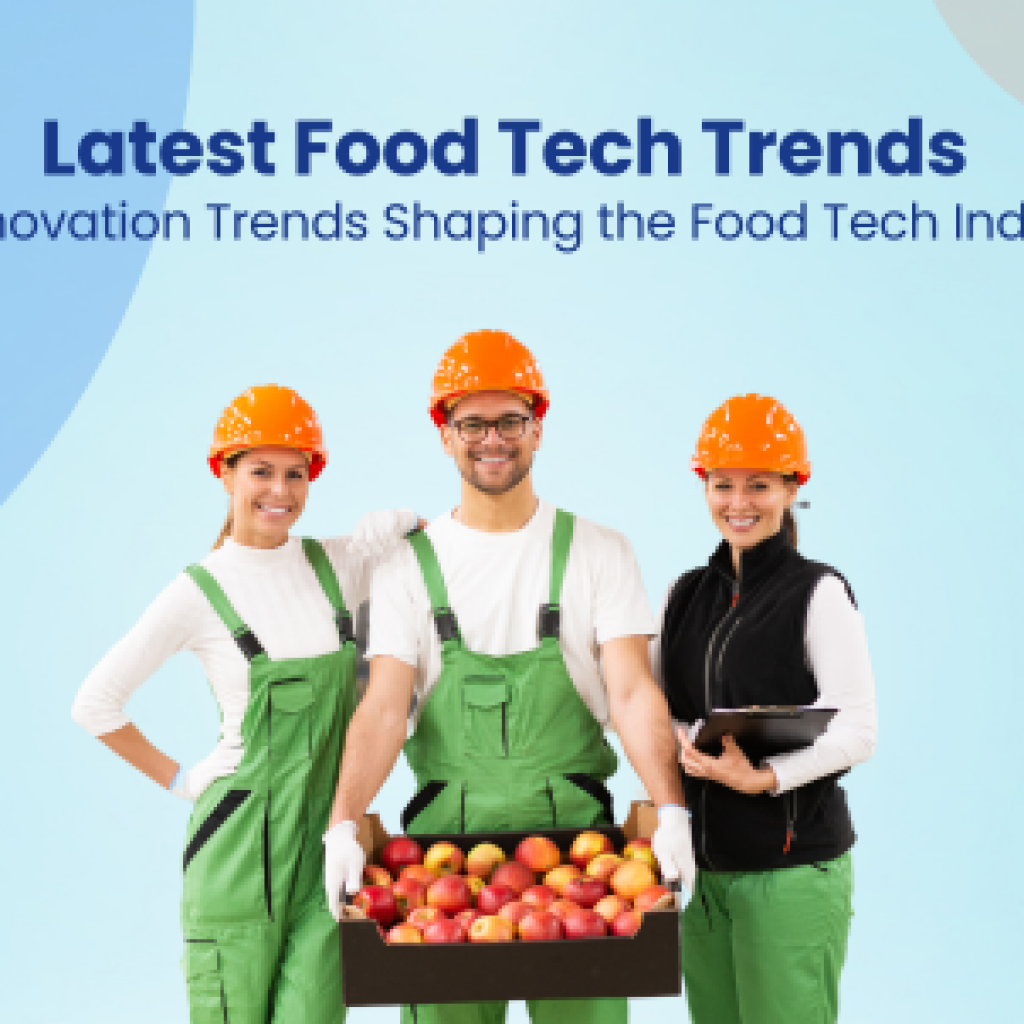Many livestock animals have low‑grade health or nutrition issues that show no apparent signs. These health and nutritional problems go undetected because routine checks only catch obvious signs. Conditions such as Johne’s disease and subclinical parasitism are estimated to contribute to annual losses of hundreds of millions of dollars, impacting feed efficiency, growth rates, and carcass quality. As a result, not all meat-producing animals reach consumers, resulting in wasted money and resources for farmers.
To improve these conditions, a startup called Biofractal offers a solution that combines gene expression (transcriptomics) data with artificial intelligence to diagnose hard-to-detect health issues. They read the animal’s biology using gene‑expression tests and identify hidden health and nutrition issues before they become apparent. Then, they translate the results into clear signals for vets and nutrition teams. This method identifies necessary changes to the feed or treatment, enabling faster, targeted tests and the verification of interventions.
To better understand how their platform works, we spoke to Luis Romero and Maria Walsh of Biofractal. This article contains notable highlights from our entire conversation.
Also Read:
This interview is part of our exclusive Scouted By GreyB series. Here, we speak with the founders of innovative startups to understand how their solutions address critical industry challenges and help ensure compliance with industry and government regulations. (Know more about startups scouted by GreyB!)
“We’re uncovering the hidden physiological problems in animals before they become visible losses—turning 20,000 data points into a single decision-making index.”

Luis Romero is the founder and CEO of Biofractal. With 20 years of international experience in animal nutrition, health, and production, Romero founded Biofractal to bridge molecular diagnostics and commercial animal production. Romero leads Biofractal’s mission to deliver AI-powered gene expression tools that help producers and nutrition companies optimize animal health and productivity.

Maria C. Walsh is the COO at Biofractal. Walsh is affiliated with DSM Nutritional Products, where she works on animal nutrition and functional genomics. She collaborates with Biofractal on gene expression analysis and biomarker development, helping translate molecular data into actionable insights for feed and health interventions. Walsh’s primary focus is on transcriptomics and the validation of functional ingredients.
How Biofractal uses RNA and AI to Optimize Livestock Health and Productivity
Biofractal is a deep-tech startup applying transcriptomics and artificial intelligence to animal health and nutrition. Their platform collects gene expression data from livestock and uses AI to translate it into clear, actionable recommendations for animal producers, nutritionists, and veterinarians. This allows users to detect physiological imbalances early, improve feed formulations, and enhance animal resilience, all without waiting for a visible drop in performance. With applications across chickens, pigs, cattle, and fish, Biofractal is leading the way in precision livestock diagnostics and management.
What does Biofractal do in simple terms?
Luis: We’re using gene expression data, specifically messenger RNA, and combining it with AI to support decision-making in animal nutrition and health. There are two key areas where we apply this: First, we help companies develop better products, such as probiotics, enzymes, and amino acids, by showing them how these actually work inside the animal. Second, we work directly with producers to diagnose what’s limiting the productivity or health of their animals in the field. We collect biological samples, analyze gene expression, and provide actionable insights, like recommending a dietary change, to solve the specific issue.
Maria: It’s about giving people who make big decisions on farms, like nutritionists and vets, the tools to go beyond surface-level data. We help them understand what’s happening inside the animals at a physiological level. Instead of guessing why productivity is down or why some flocks are struggling, they can pinpoint the issue and act with confidence.
Can you explain how the platform works from data collection to decision-making?
Luis: We’ve built an extensive, scalable database that integrates gene expression data from public sources, our own trials, and our clients. That data is processed using both traditional bioinformatics and advanced AI methods. We’re even developing foundational RNA models to deepen our insight. The ultimate goal is to deliver one clear output—an insight tied to value, like “increase vitamin E” or “change this part of the feed.”
Maria: Every sample yields about 20,000 data points, but the magic lies in translating that into something simple and valuable. We’ve built indices such as a gut health index for chickens and a metabolic efficiency index for pigs. These are visual, easy-to-use tools that help producers benchmark and compare their animals. For example, you can spot what’s causing one feed mill to underperform compared to another and intervene early.
How is this being used in real-world situations?
Luis: On the R&D side, a client had a product that worked well in one market but not in another. We used transcriptomics to figure out why—it turned out that the diets were affecting the product’s performance differently. They reformulated based on our insight and grew their sales in that market. On the production side, we worked with a large poultry company that had issues in one region. We analyzed samples from farms that were performing well and those that weren’t, and uncovered a specific problem with oxidative stress. Based on that, they adjusted the diet and saw improvements.
Maria: These problems are often hidden. They don’t show up as a disease but as inefficiencies—like poor feed conversion or unexplained mortality. Nutritionists have tons of tools at their disposal, but limited time and budget. We help them focus on what matters most so they’re not throwing money at the wrong problem.
Can your data also predict problems before they occur?
Luis: In some systems, yes. For animals like dairy cows and sows, whose production cycles are longer, predictive insights are particularly valuable. We can help predict, say, which cows might have issues in the subsequent lactation. For broiler chickens, the lifecycle is too short for traditional prediction, but we still help producers reduce performance variability across farms by identifying systemic issues. Whether it’s prediction or diagnosis, our data supports faster, better decisions.
Are you exploring other species or sectors beyond livestock?
Luis: We’re currently focused on farm animals—pigs, chickens, dairy cows, and fish. Insects could be fascinating, but we’re more excited about higher-value applications, like pet health and, eventually, human health. The biology translates surprisingly well, and precision nutrition in humans is still underdeveloped. For example, my mom’s nutritional advice is still “eat healthier,” not based on her own biology. We think we can change that.
Maria: I’d personally love to use our system on myself. People today want to take control of their health, but there’s no easy way to assess their physiological state. Imagine knowing your gut health index and acting on it before a problem appears. That’s a long-term goal we’re really excited about.
How does the platform integrate with existing systems on the farm or in R&D?
Luis: For R&D customers, it’s often their first time having a structured platform to store and analyze data. We help them manage experiments and build their own databases. On the farm side, we’re developing more tools to integrate with farm management software, so tasks like ordering test kits, sending samples, receiving insights, and tracking decisions can all happen within a single digital environment. We’re also building performance data integrations to enhance decision-making over time.
Maria: Farmers and producers are collecting more and more data, from air quality to growth rates, but they don’t always know what to do with it. Our goal is to bring those data streams together and anchor them in the animal’s biology. That’s when things get powerful.
Which customers are the best fit for Biofractal?
Luis: The ideal customer is a vertically integrated producer, someone who controls both feed and animal production, because they can capture the full value of the intervention. They also tend to have sufficient scale to justify this level of precision. We also look for companies that are technologically advanced and open to innovation. The ones who want to capture hidden value that others are missing.
Maria: And many of them already have other data tools and are actively looking to integrate and upgrade. They see our platform as a way to get ahead—because they recognize that data, when used well, becomes a competitive edge.
Meet our Interviewer – Shabaz Khan, Marketing Manager at GreyB
Shabaz Khan, Marketing Manager
Want to find other scalable startups working on carbon reduction and sustainability? Please fill out the form below to contact our experts.
Get in touch
Please share your query below

